Travel Europe
L’Orangerie
L’Orangerie was our first museum visit on the 5th of May.
Situated on the bank of the Seine, in the picturesque Tuileries Gardens, the Orangerie Museum is filled with an inspiring collection of impressionist and post-impressionist masterpieces.
Interestingly, the museum was constructed as a winter shelter for orange trees in 1852.
The Orangerie Museum or the Musée de l'Orangerie is famous for being the home of French impressionist master Claude Monet’s Water Lilies murals - the highlight of our visit! The museum also houses artworks by some of the most iconic European artists, including Pablo Picasso and Pierre-Auguste Renoir.
ann Arato
16 chapters
19 Mar 2023
Paris - Museums
Paris
L’Orangerie
L’Orangerie was our first museum visit on the 5th of May.
Situated on the bank of the Seine, in the picturesque Tuileries Gardens, the Orangerie Museum is filled with an inspiring collection of impressionist and post-impressionist masterpieces.
Interestingly, the museum was constructed as a winter shelter for orange trees in 1852.
The Orangerie Museum or the Musée de l'Orangerie is famous for being the home of French impressionist master Claude Monet’s Water Lilies murals - the highlight of our visit! The museum also houses artworks by some of the most iconic European artists, including Pablo Picasso and Pierre-Auguste Renoir.
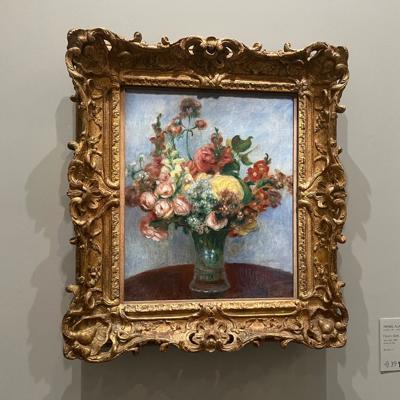
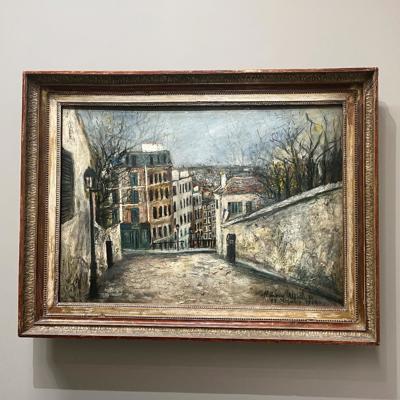
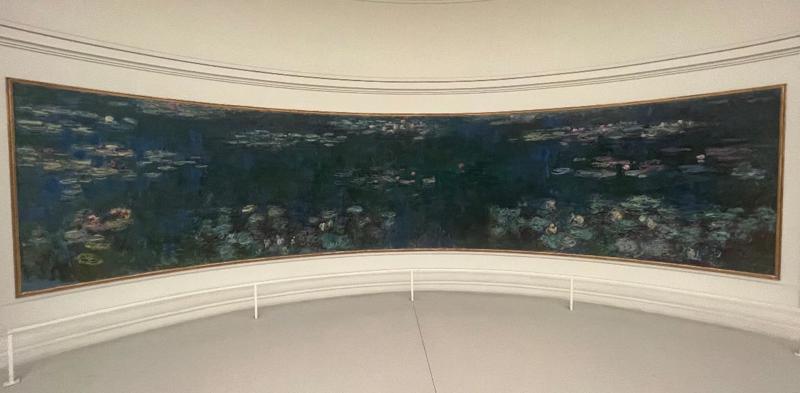
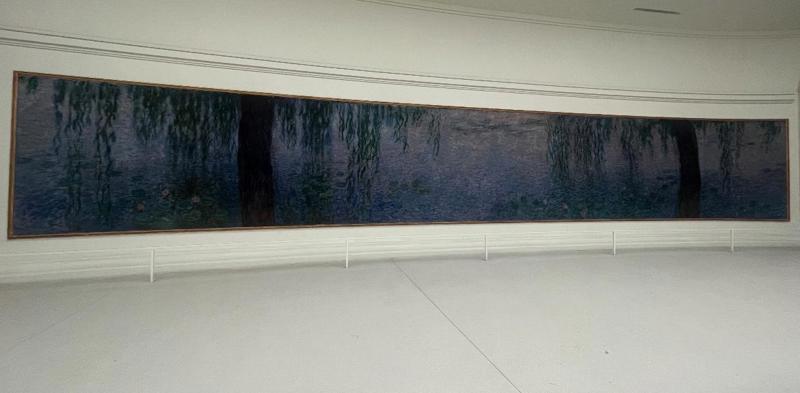
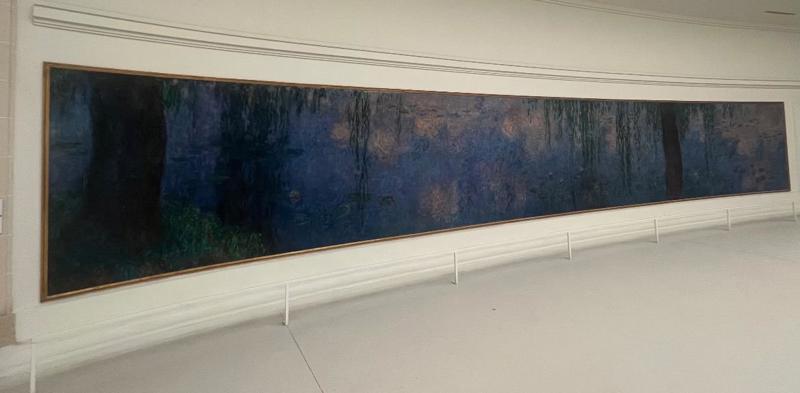
Marie Curie Museum
On May 6th, while exploring the 5th arrondissement, we visited the Marie Curie museum. The museum presents objects, photographs and documents on the history of radioactivity and its medical applications, as well as on the life and work of "the family of five Nobel prizes". We saw Marie Curie's old office, as well as her chemistry laboratory and garden.
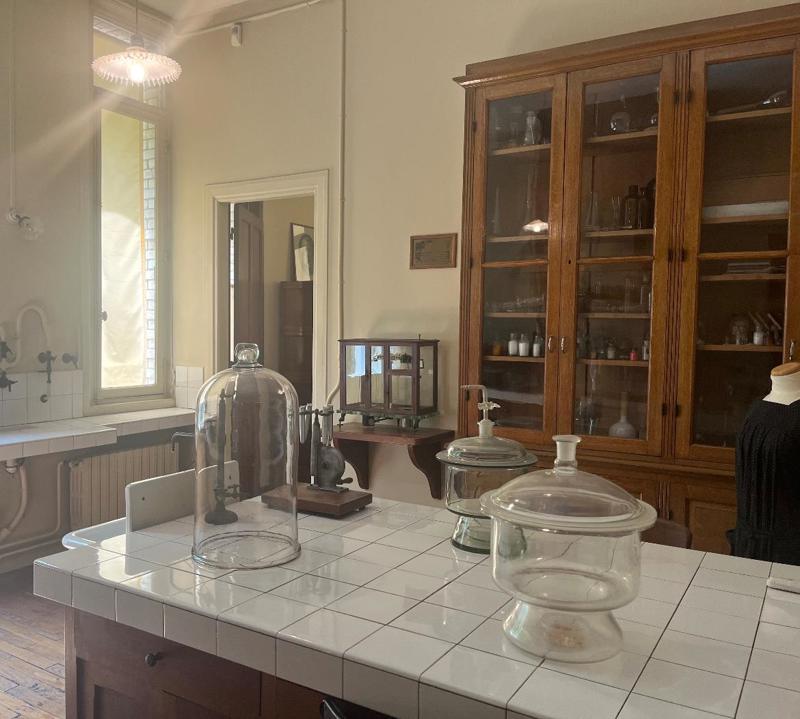
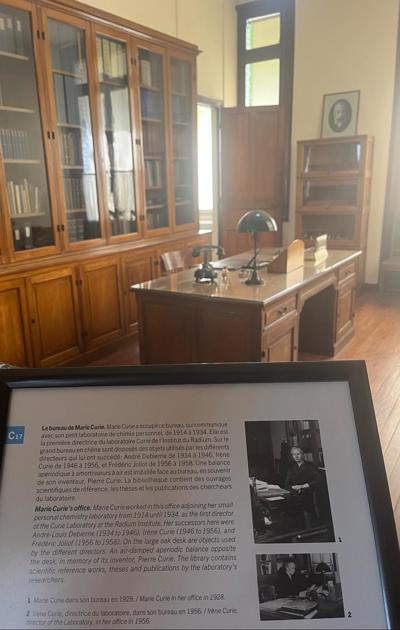
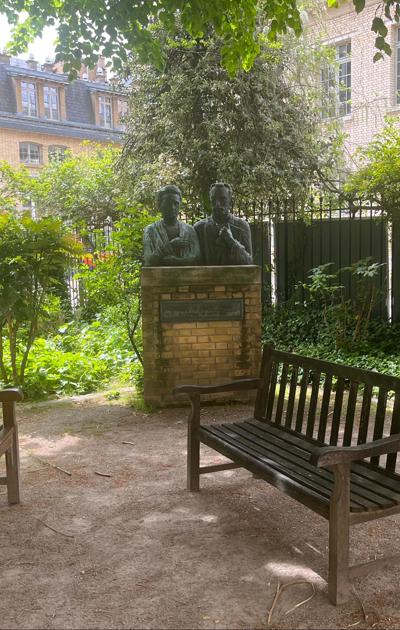
The Musee de Cluny
The Musée de Cluny, officially Musée de Cluny-Musée National du Moyen Âge, is a museum of medieval art. The museum stands on the site of the ancient thermal baths and in the medieval hotel of the abbots of Cluny, a jewel of the flamboyant Gothic style.
Nearly 1,600 masterpieces of medieval art are presented on a chronological tour that spans more than 1,000 years of history. Among the jewels of the museum's collections are the famous tapestries of the Lady of the Unicorn, the heads of the Kings of Judah from Notre-Dame Cathedral and stained glass windows from the Sainte-Chapelle.
My favorite pieces included the Lady of the Unicorn tapestries, chess and backgammon pieces from the twelfth century, and stained glass from a French church in the early sixteenth century.
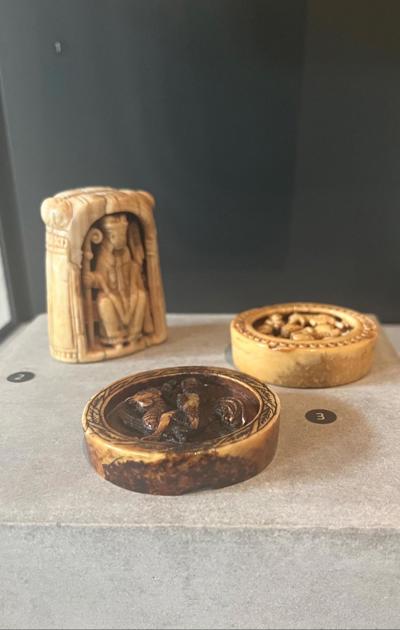
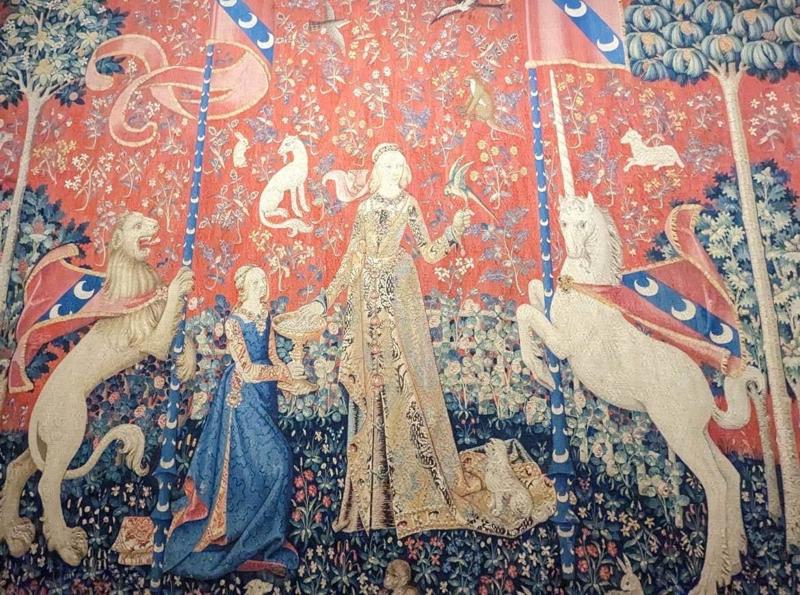
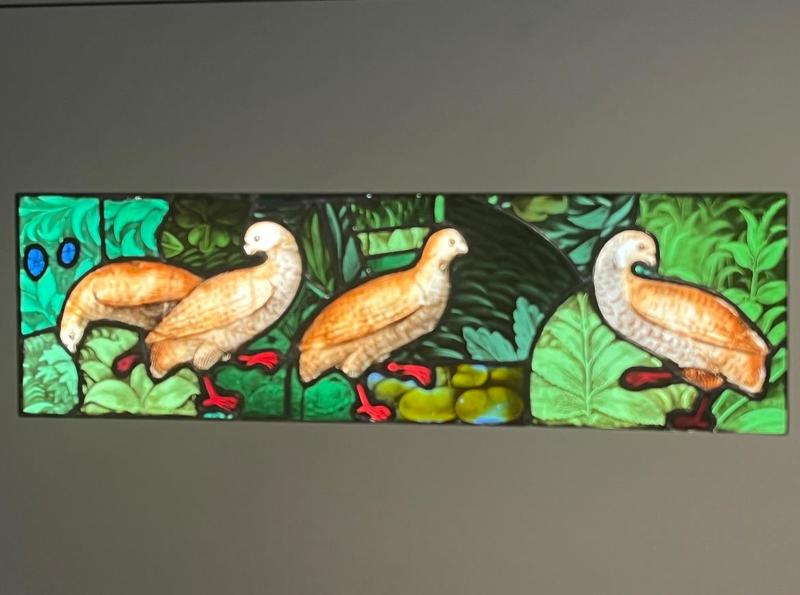
The Louvre
On May 12th, we spent the day at the Louvre. It is amazing….and exhausting! It would take weeks to see everything, but we saw some amazing pieces.
In addition to the amazing variety of art and artifacts, the building itself is incredible.
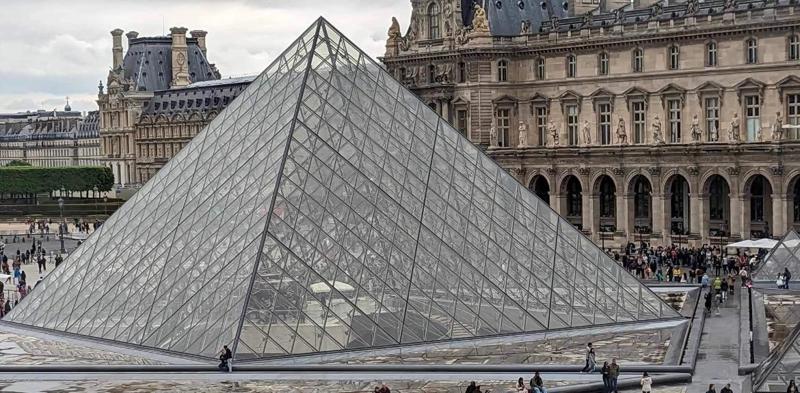
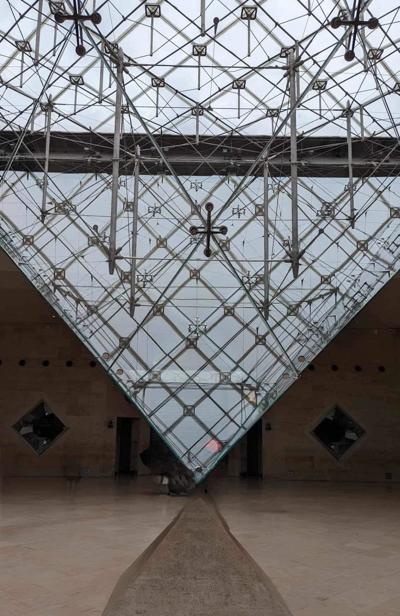
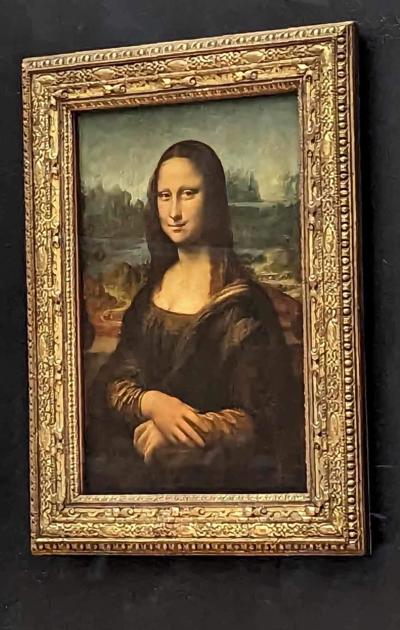
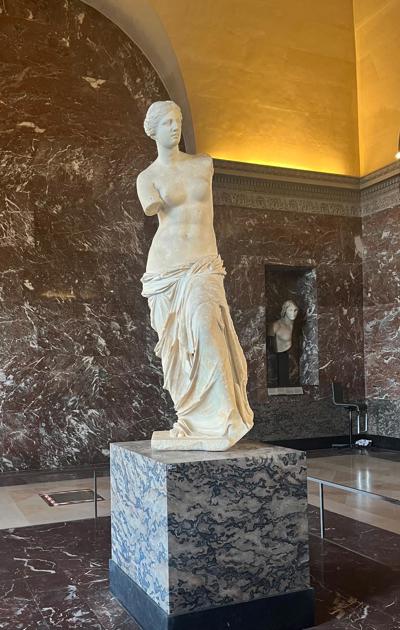
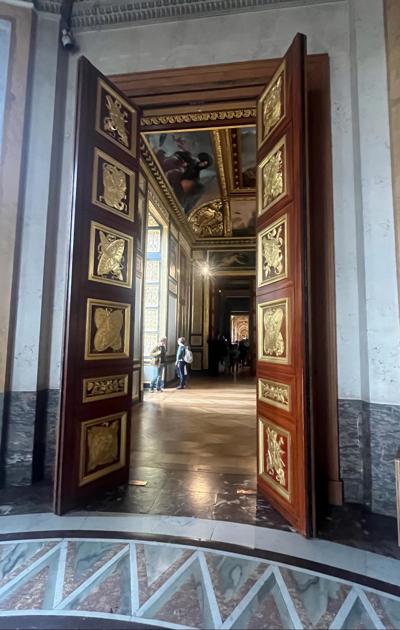
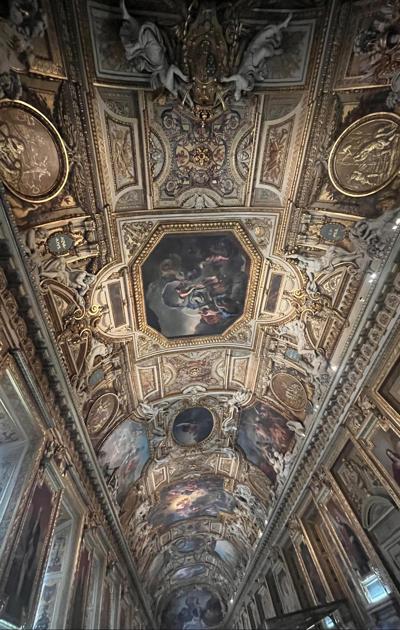
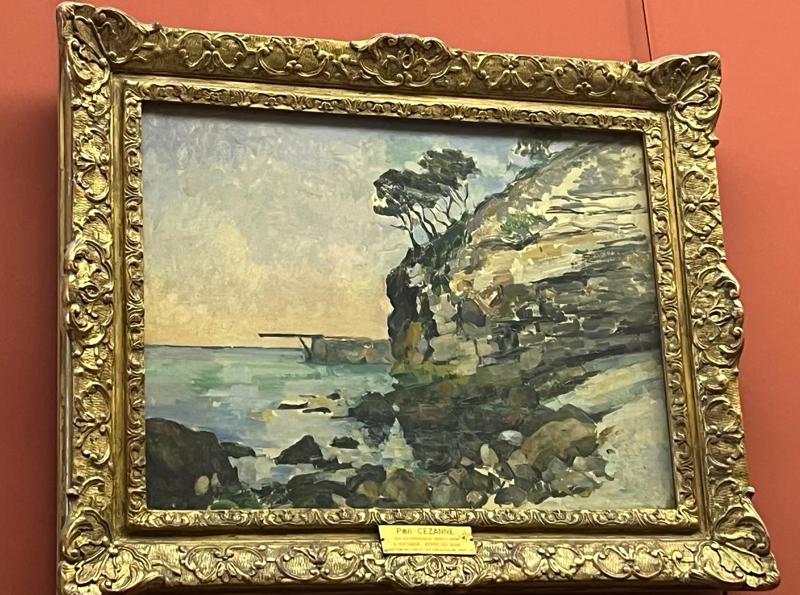
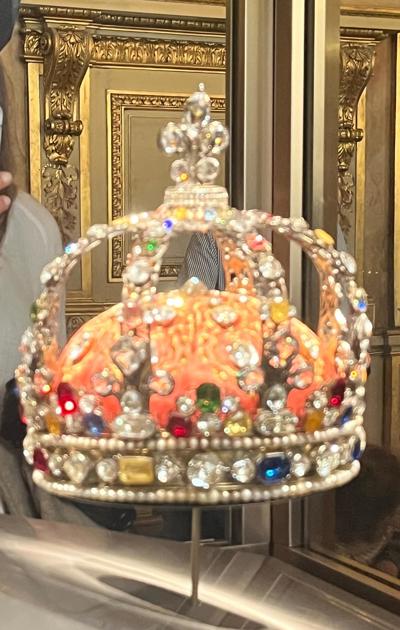
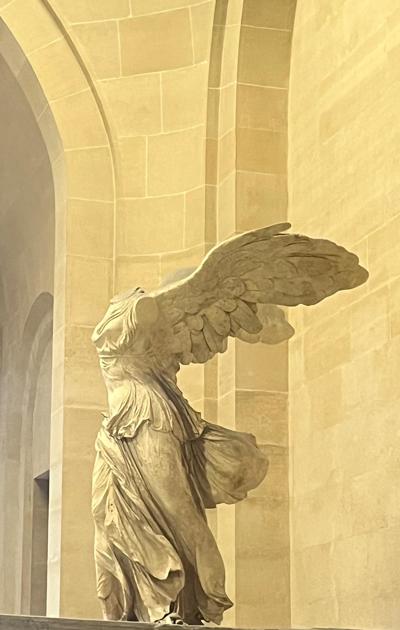
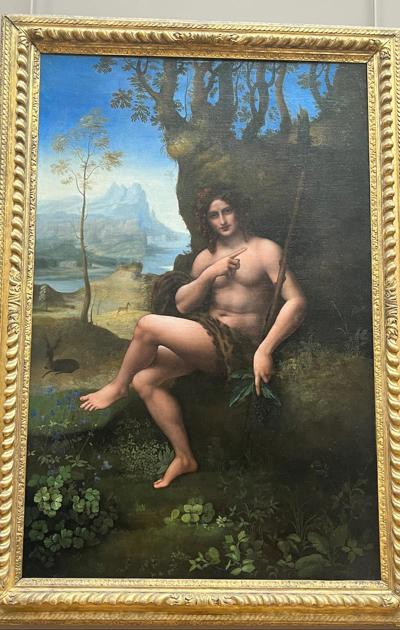
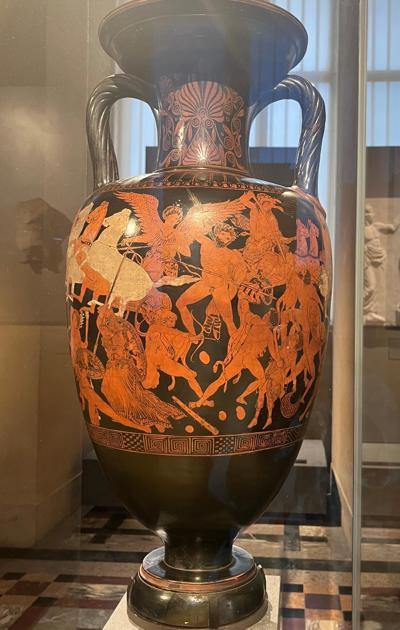
Musee Rodin
On May 18th, we went to the Rodin museum and sculpture garden.
The gardens are amazing. Quiet green space with sculptures around every corner as you walk through.
Louise Penny fans will remember Inspector Gamache’s love for these gardens. In a quote from All the Devils are Here, Gamache and his godfather are in the garden. “It was their best-loved place in all of Paris. The garden on the grounds of the Musee Rodin.” I must agree …. certainly one of my favorite places.
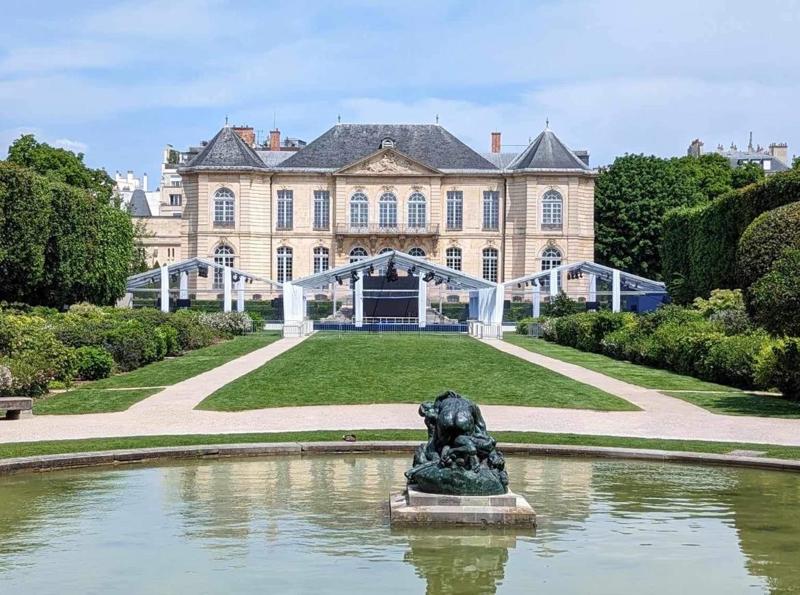
Three of the most famous sculptures in the gardens are The Gates of Hell - which depicts a scene from Dante’s Inferno, The Thinker, and The Burghers of Calais.
This monument, commissioned to Rodin in 1884 by the city of Calais, celebrates the collective sacrifice of six notables who went to hand over the keys of the city to the victorious King of England at the end of the siege of 1346-47 during the Hundred Years' War. The six characters are individualized, united on the same base, but independent. Alone facing their destiny and death, they do not look at each other, do not touch. Simply dressed in a tunic, with a rope around their necks and bare feet, the condemned men begin their slow funeral march. Rodin gives each figure, studied naked before being draped in the condemned man's tunic, a particular gesture and movement - from despair to abandonment, from confidence to resignation.
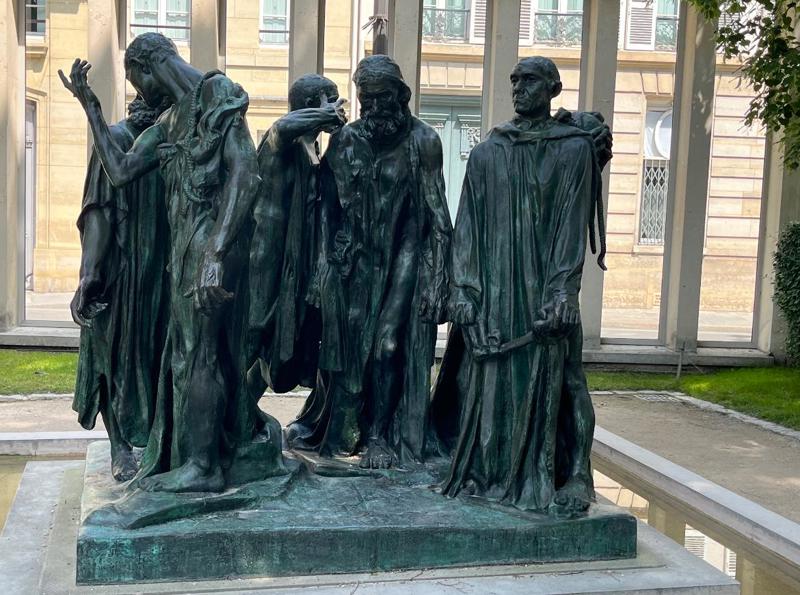
Both the grounds and the museum include a number of other amazing scultpures. Also in the museum is a painting of the Thinker by Munch.
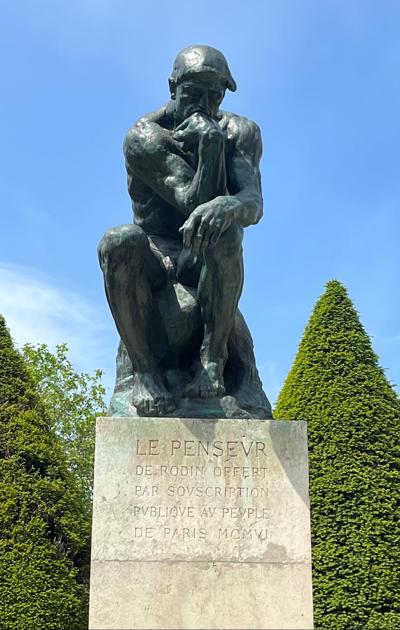
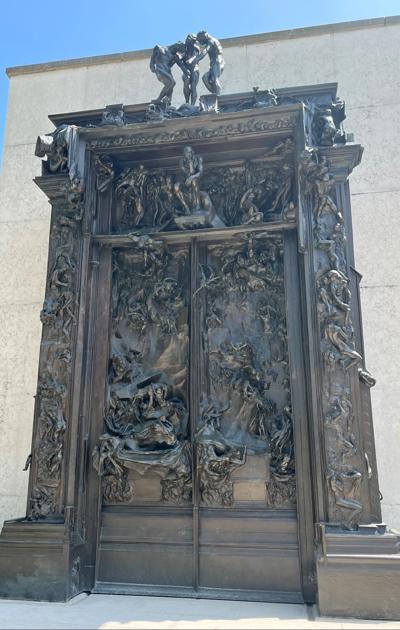
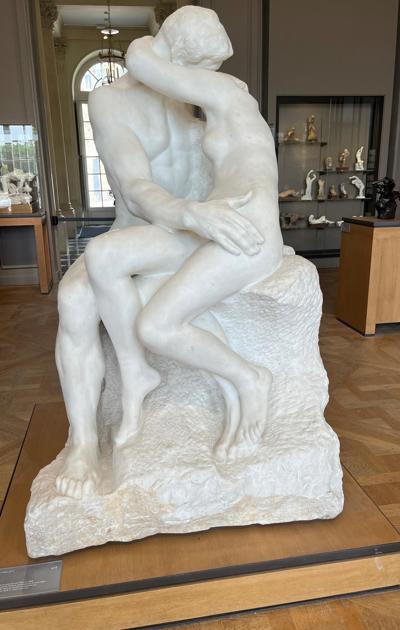
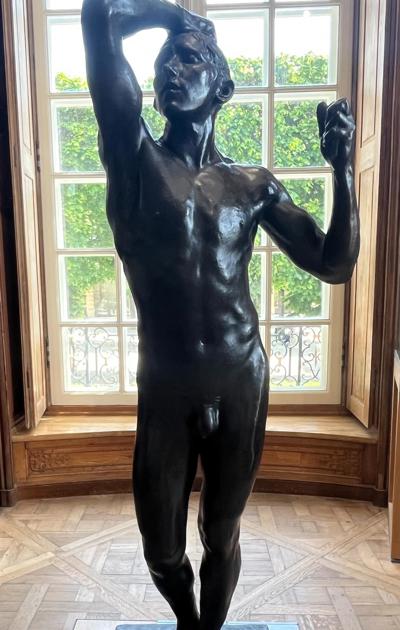
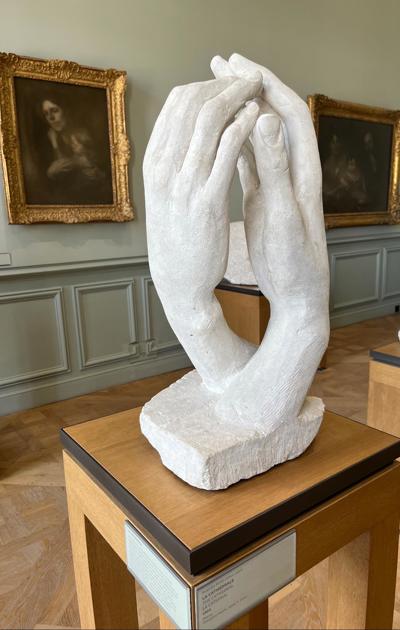
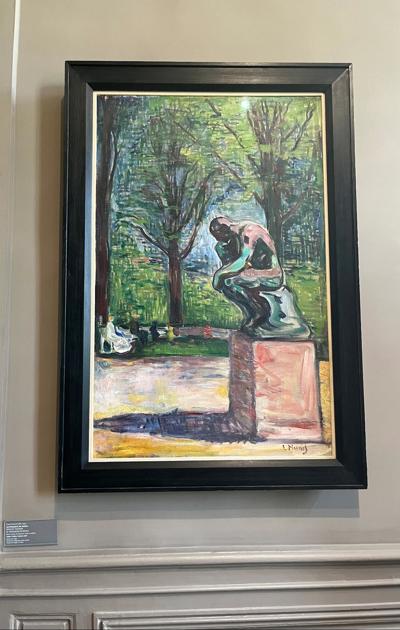
Musee Marmottan Monet
On the morning of May 19th, we visited the Marmottan Monet museum. In addition to other collections, it houses the world’s biggest collection of Monet paintings.
The museum inherited this collection of works by Claude Monet from the painter’s son. The landscapes from the 1880s and 1890s reflect the artist’s many travels at that time, while the water-lilies and other flowers tell of his passion for his garden at Giverny, the sole subject of his later works.
The next page shows a photo of Monet in his garden at Giverny.
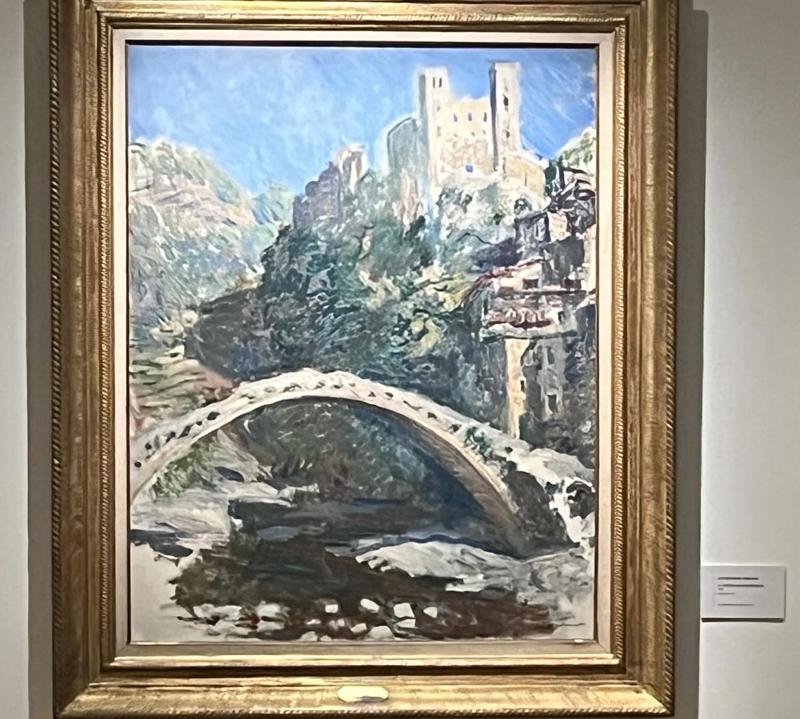
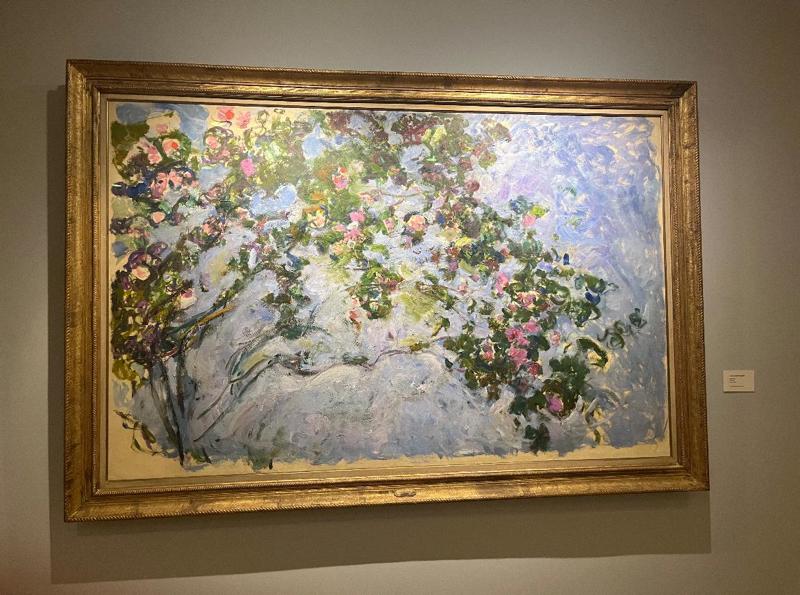
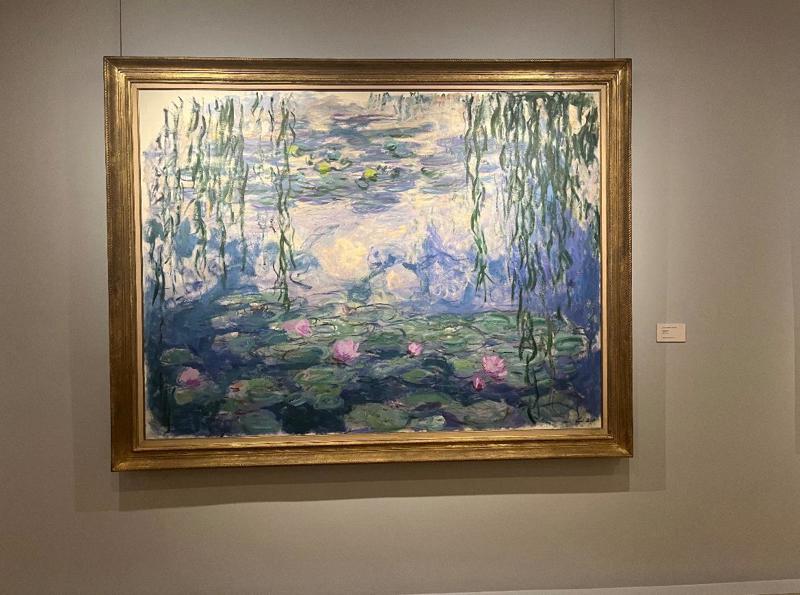
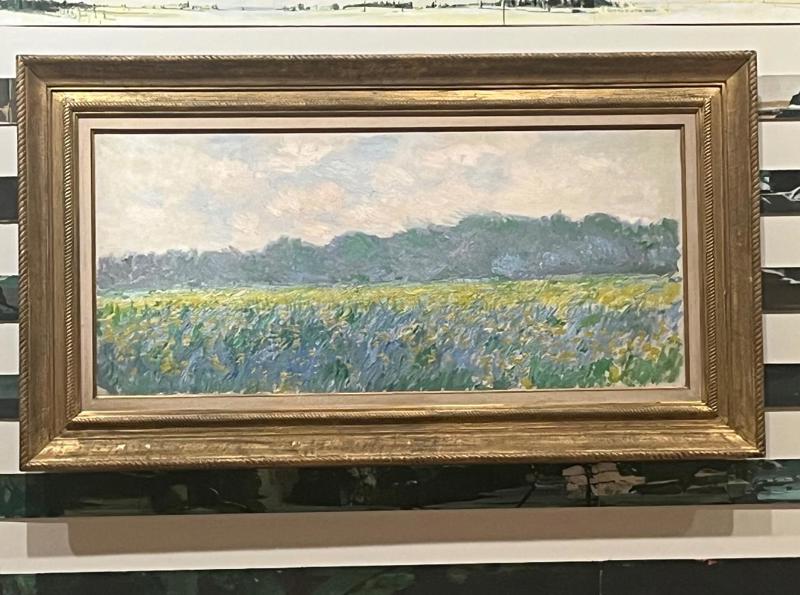
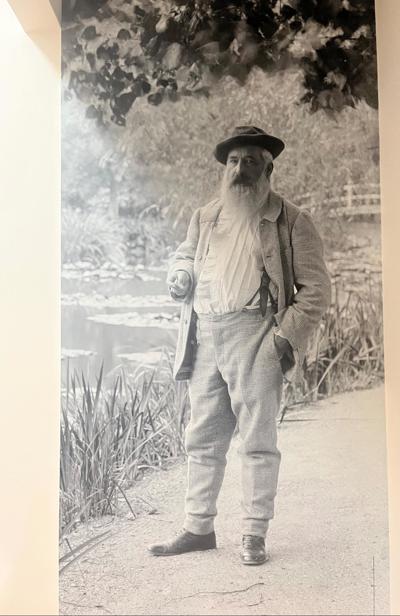
In addition to Monet’s works, we saw paintings from an artist unfamiliar to me - Leonide Berman - with an interesting style
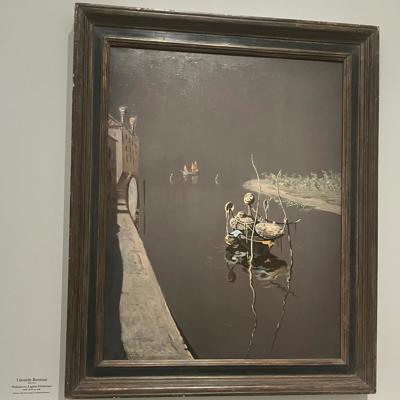
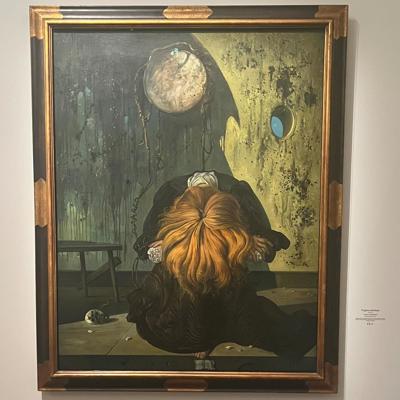
Musee d’Orsay
On May 25th, we visited my favorite Paris museum.
The Musee d’Orsay is housed in the former Gare d'Orsay, a Beaux-Arts railway station built between 1898 and 1900. The museum holds mainly French art dating from 1848 to 1914, including paintings, sculptures, furniture, and photography. It houses the largest collection of Impressionist and post-Impressionist masterpieces in the world.
There I was able to further indulge my love of impressionist art, particularly the works of Monet.
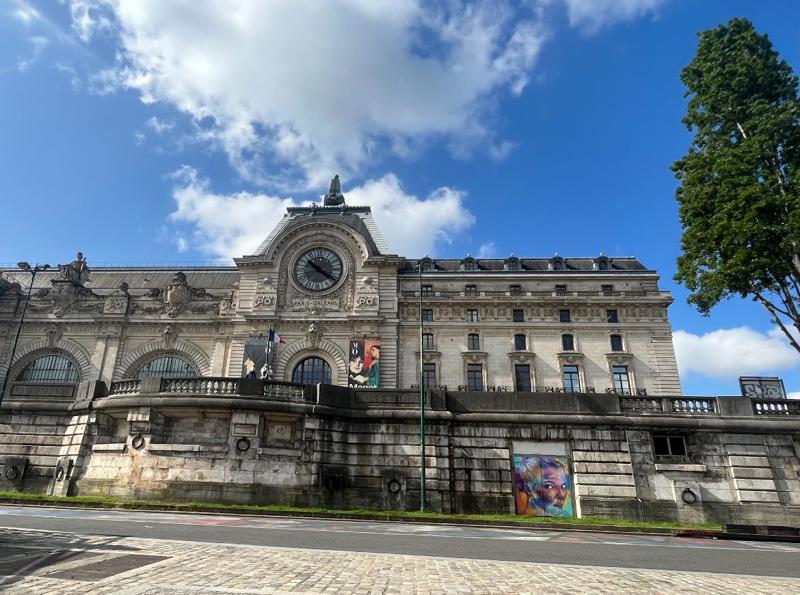

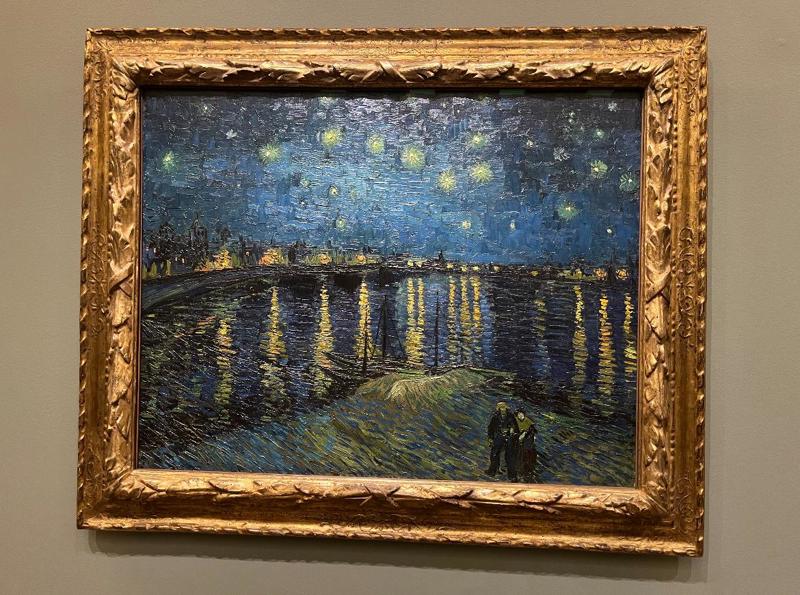
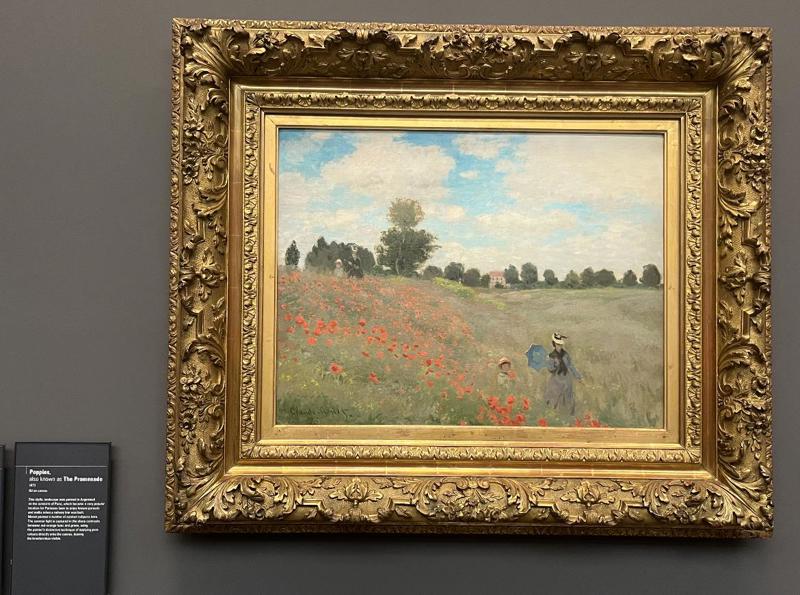
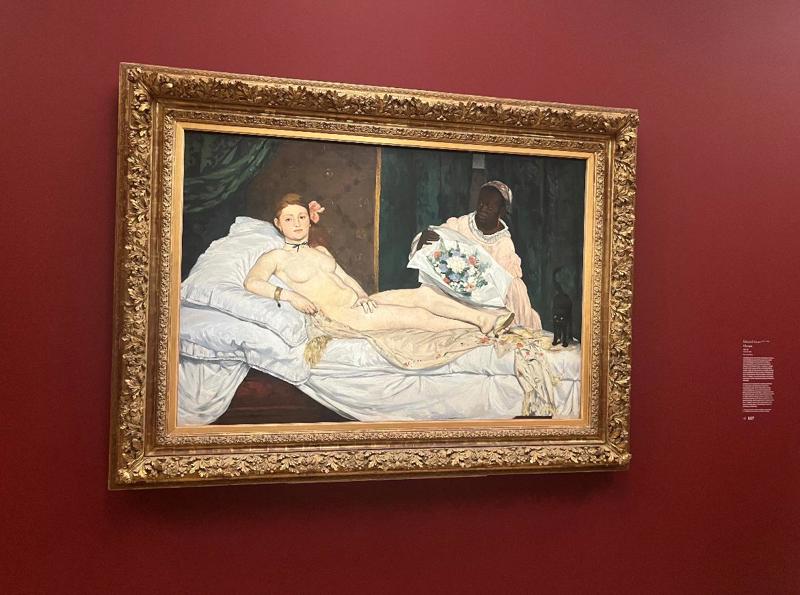
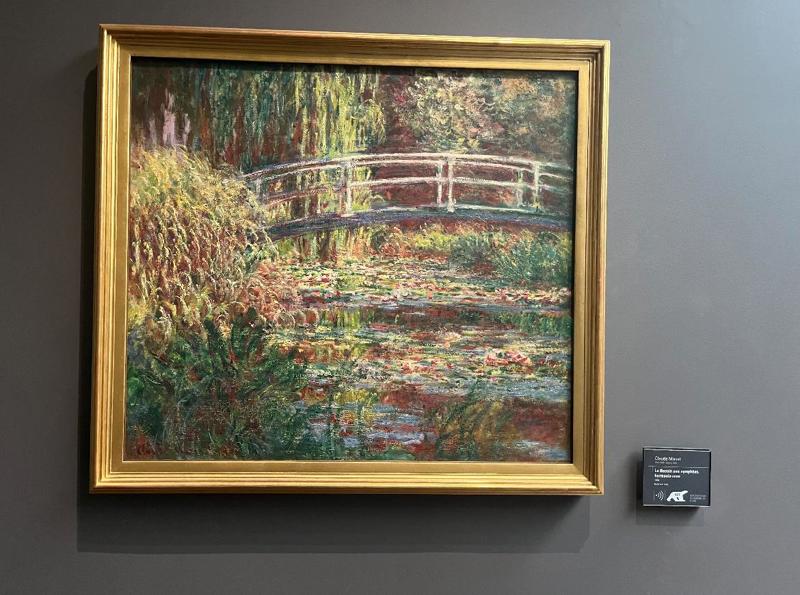
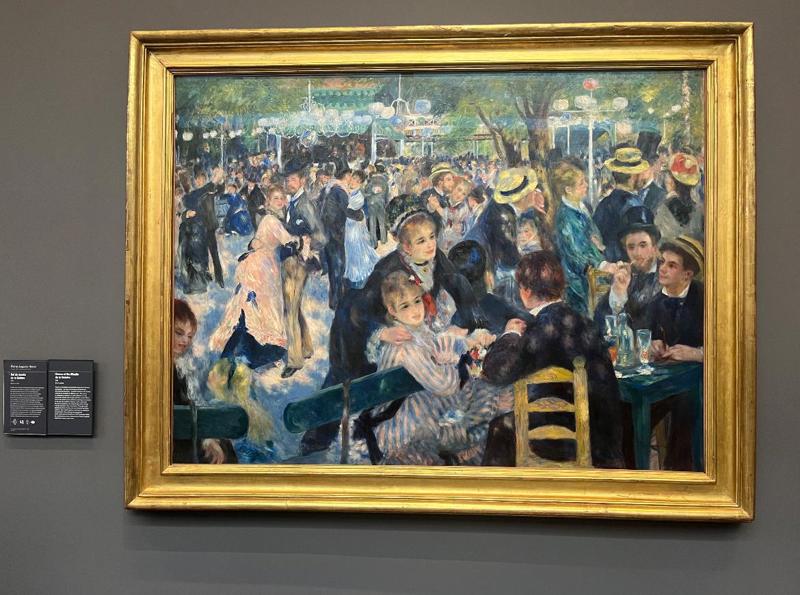
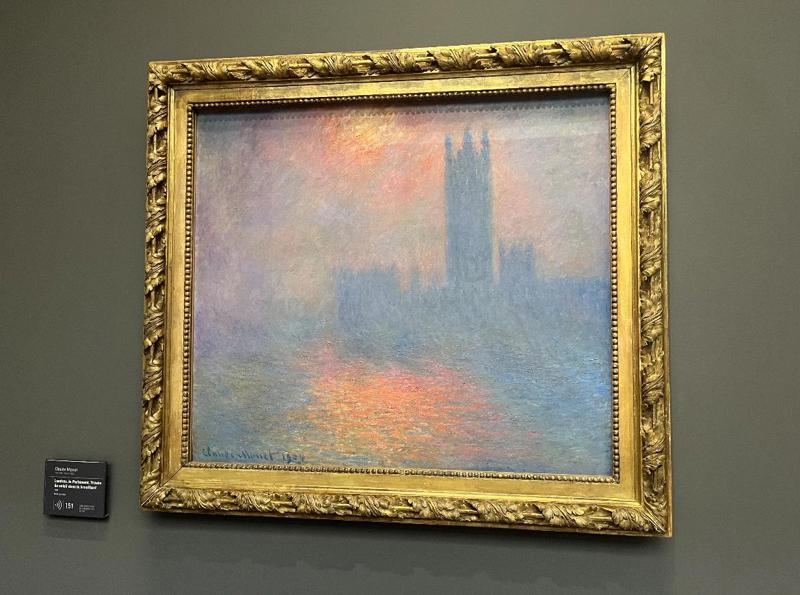
1.
Before we board
2.
And we’re off!!!
3.
The UK ports - Plymouth & Dover
4.
The Netherlands - Rotterdam & Delft
5.
Scandinavia: Oslo
6.
Scandinavia: Copenhagen
7.
The Netherlands - Amsterdam
8.
Paris - Parks & neighborhoods
9.
Paris - Museums
10.
Paris - Normandie D-Day beaches
11.
Paris - Giverny
12.
Paris - Chateau de Versailles
13.
Greek Islands cruise - Greece, Turkey & Italy
14.
Italy - Varenna
15.
Italy - Rick Steves Best of Italy tour
16.
The finale - Iceland
Share your travel adventures like this!
Create your own travel blog in one step
Share with friends and family to follow your journey
Easy set up, no technical knowledge needed and unlimited storage!